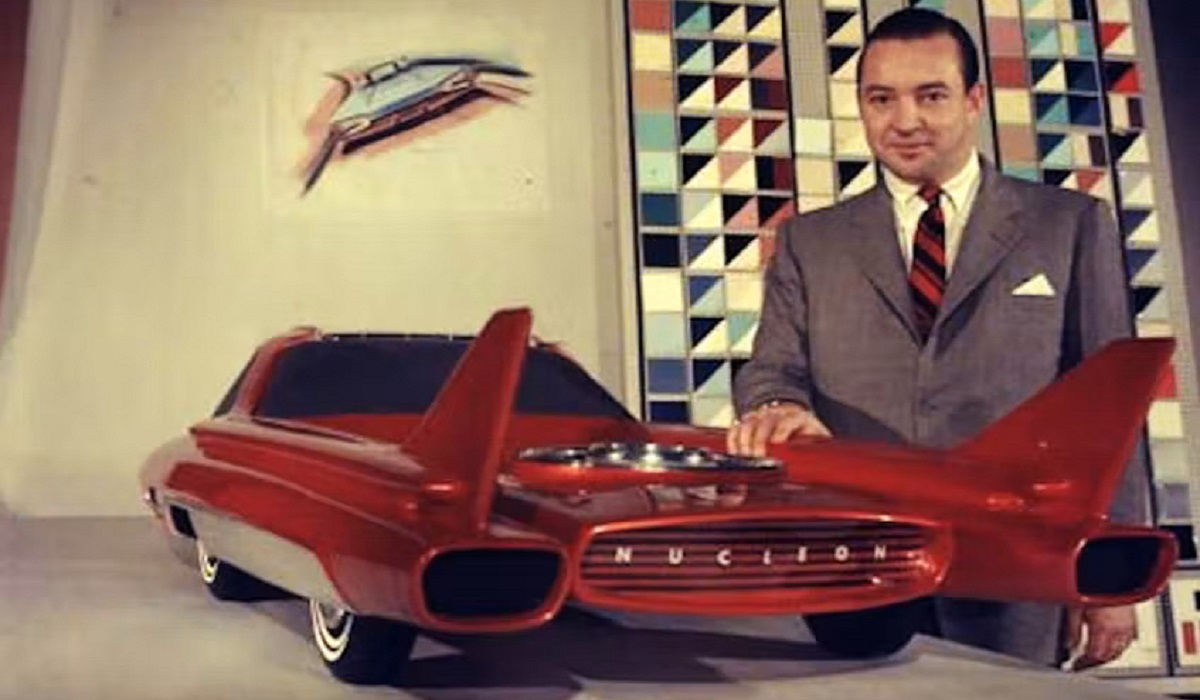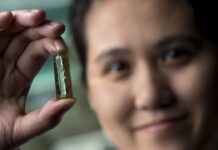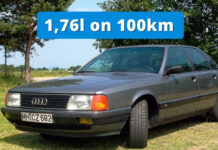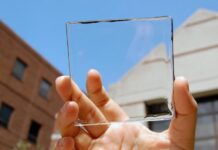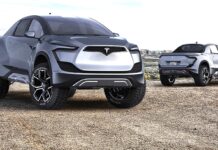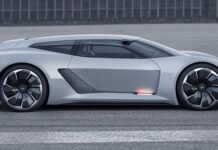In 1958, Ford introduced the world to a car unlike anything it had ever seen before: a car powered by a small nuclear reactor.
The Ford Nucleon, as it was christened, was intended to be a car that could travel more than 5,000 miles between refueling stops, appealing to the postwar fixation on convenience that has dominated American consumerism ever since. Like some other mid-century nuclear fantasies, however, the Nucleon never came to fruition, in part because of technical problems we still face today.
1958: Ford stellt den Nucleon vor. Das Konzeptauto soll nicht mit Benzin, sondern mit Kernkraft angetrieben werden. "Tank" reicht für 8000km pic.twitter.com/bZjroGrfaA
Loading...
— Verrückte Geschichte (@drguidoknapp) May 30, 2022
Before we examine why the Nucleon was never built, let’s get a better idea of the car itself, starting with its extremely odd dimensions. Ford’s press materials list the Nucleon as 200.3 inches long and 77.4 inches wide. That makes it as long as the new Ford Maverick compact pickup, but slightly wider. Its roof is said to be only 41.4 inches high, less than an inch taller than the legendarily low-slung Ford GT40.

By far the silliest thing, however, was its wheelbase, which at 69.4 inches was nearly a foot shorter than that of the original Mini. Presumably, the wheels were mounted so close together and so far back to support the weight of the built-in reactor that pushed the car forward of the front axle, similar to another mid-engine oddity from Ford.
Ford called the Nucleon’s reactor an “energy capsule” that would have an easily maintained radioactive core. This would generate power for “electronic torque converters,” presumably an electric motor-generator arrangement as in a series hybrid.

Für die Amerikaner im Jahr 1958, von denen einige in jenem Jahr zum ersten Mal einen Kernreaktor in ihrem Haushalt hatten, muss es nur eine Frage der Zeit gewesen sein, bis brilletragende Ingenieure einen Weg finden würden, die Technologie auf die Größe eines Autos zu reduzieren. Dann, so stellten sie sich vor, könnten Autos wie der Ford Nucleon ihren Weg zu den Händlern finden.
Doch das Ford Nucleon-Konzept verschwand nach 1958, weil die Kernenergietechnik noch lange nicht so weit war – und immer noch nicht ist -, um einen Massen-Pkw anzutreiben.
Wie Professor Dr. L. Dale Thomas, stellvertretender Direktor des Propulsion Research Center an der University of Alabama in Huntsville, gegenüber The Drive erklärte, liegt das Problem bei einem Reaktor im Automobilmaßstab nicht in der Unterbringung des radioaktiven Kerns, sondern im Umgang mit der freigesetzten Energie.
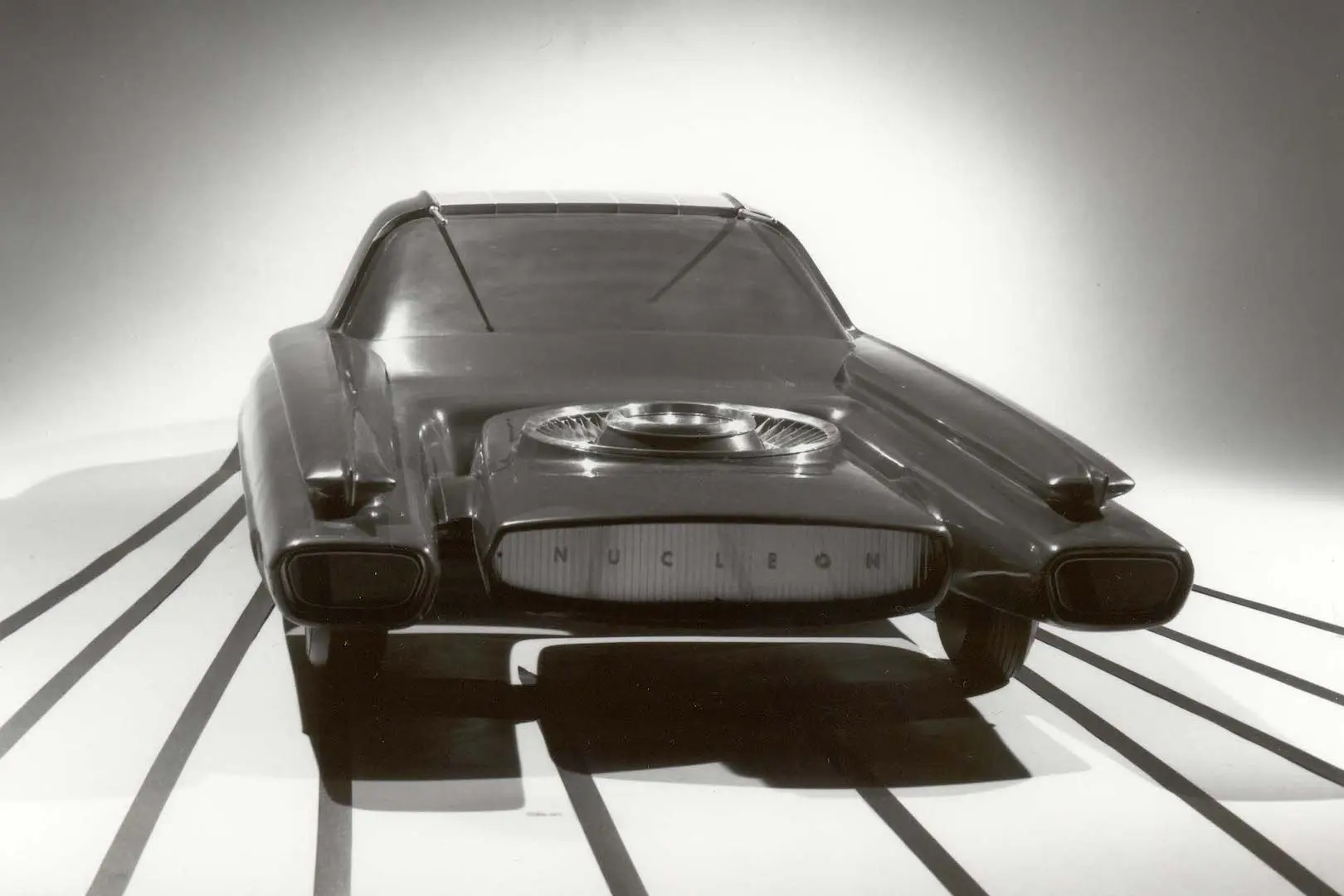
“The reactor core itself (including the shielding) for a small nuclear reactor could indeed fit in the engine compartment of a passenger car, which would generate enough energy to power a passenger car,” Dr. Thomas explained. “However, the difficulty arises from the problem of energy conversion. The nuclear reactor will produce heat energy that must be converted to mechanical energy.
In a car, both an internal combustion engine and a nuclear reactor have the same task, which is to convert heat energy into mechanical power, horsepower and torque. Reactors have difficulty performing this task efficiently because the heat they generate is often used to boil water into steam and start a turbine that is connected to a generator that produces electricity, in this case for the motors that drive the wheels. Because this method involves a series of energy conversions, from thermal to mechanical, then to electrical, and finally back to mechanical power, it introduces additional inefficiencies.
“Energy conversions are like exchanging money at the airport – you always lose,” Dr. Thomas joked.
Even in a simpler system, where a steam turbine is replaced with a simple heat engine, excess heat energy must be removed, which is part of the normal operation of an internal combustion engine.
“In an internal combustion engine, much of the waste heat is removed through the exhaust gas, and the rest is handled by the cooler,” Dr. Thomas continued. “Since the nuclear reactor’s working fluid is recycled rather than exhausted (think of your home or car’s air conditioning system), the waste heat must be dissipated through one or more coolers.
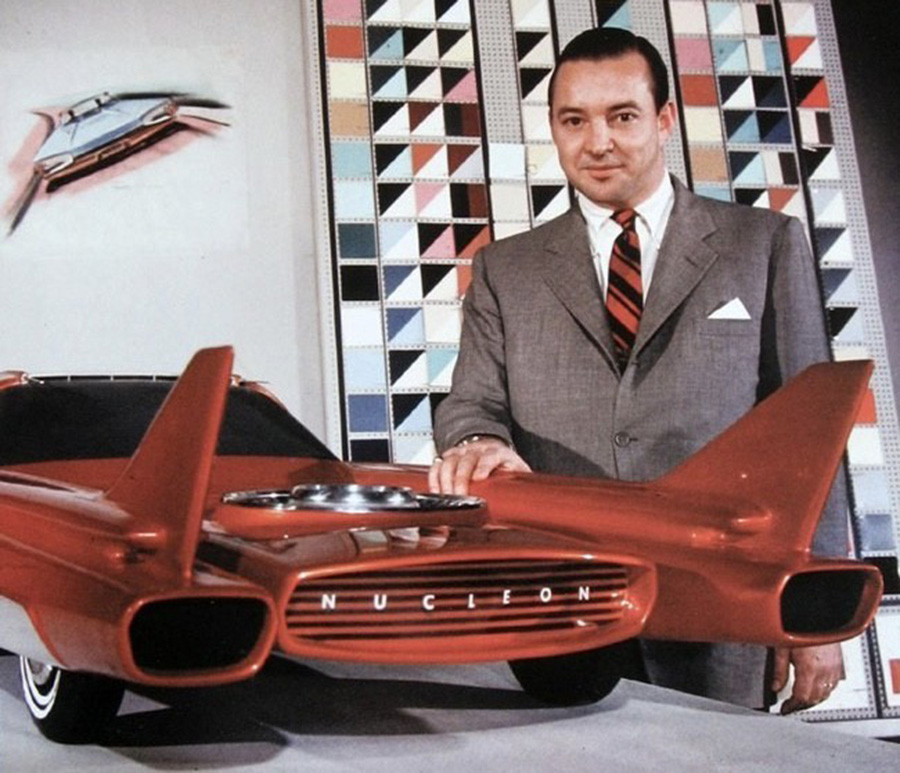
“It’s all these other elements of the energy conversion and waste heat disposal system that make it difficult to use a nuclear reactor in a personal vehicle.”
For these reasons, nuclear power on the scale of a passenger car simply wasn’t possible then, and it’s still not possible on a production scale like Ford maintains today.
“Mobile nuclear power on such a small scale was not feasible in the 1950s,” Dr. Thomas concluded. “And not because of the small reactor itself, which we now know how to build and control – see NASA’s KRUSTY project – but rather because of the conversion of heat to mechanical energy and the disposal of the waste heat within the geometric envelope of a passenger car. With the Department of Energy’s Small Modular Reactor Program, the nuclear industry is also figuring out how to mass produce nuclear reactors.”
“[Ford] probably optimistically assumed that power conversion technology would improve significantly (we’re still chasing power conversion breakthroughs today), and the geometry of the concept car leads me to believe they would have a lot of radiators tucked under the sheet metal.”
But that sheet metal was never stamped out in its original size. A Ford archivist told us that the Nucleon existed only as a three-eighths model, proving that Ford was more concerned with answering the question of what a nuclear-powered car would look like than how it would work.
Thorium-powered electric cars – is it possible?
Nuclear reactors, however, never became as small or safe as Ford had hoped – it remained with a single 1:2.66 scale model built, which can still be visited today at the Henry Ford Museum in Dearborn, Michigan.
However, there are still a few companies that do not want to give up the dream of the nuclear car: Just a few years ago, the U.S. company Laser Power Systems made a name for itself because it wanted to build a thorium-powered electric car. Eight grams of the radioactive material thorium were supposed to be enough to power the car for 100 years. It sounds too good to be true, but it is: to obtain energy from thorium, a liquid salt reactor is needed – a type of reactor that is not yet economically viable and that would not be small enough to be built into a car. Laser Power Systems also seems to have realized this in the meantime: The company website can no longer be found.
Conclusion:
It was, after all, just a concept car, which would have seemed reasonable in mid-century nuclear-enthusiast America. Of course, concept cars are (usually) designed to appeal not to our pragmatism but to our imagination, and it’s imagination that makes us look to the future with wonder.
Sources:
https://www.Ford.com
https://www.thedrive.com/news/41103/heres-why-the-nuclear-powered-1958-ford-nucleon-never-entered-production
https://efahrer.chip.de/news/auto-faehrt-8000-km-ohne-laden-und-tanken-ford-entwickelte-es-vor-66-jahren_108185
